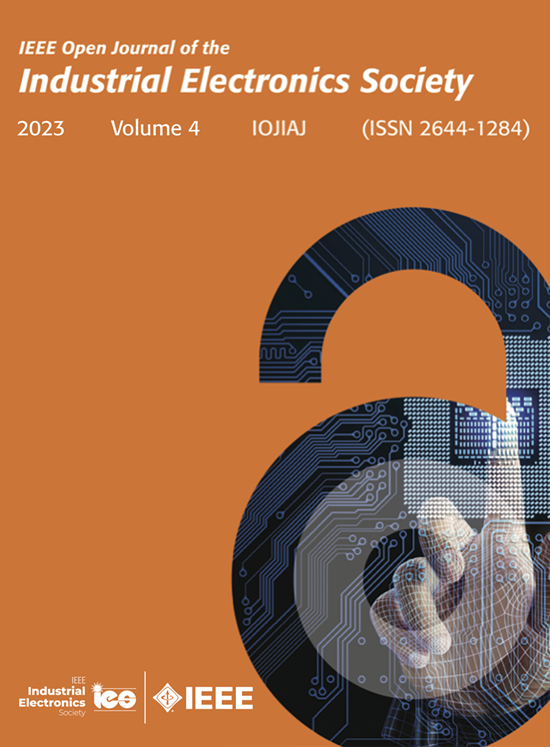AUTOSAR AP and ROS 2 Collaboration Framework for Development in Cloud Environment
IF 4.3
Q1 ENGINEERING, ELECTRICAL & ELECTRONIC
IEEE Open Journal of the Industrial Electronics Society
Pub Date : 2025-09-08
DOI:10.1109/OJIES.2025.3607248
引用次数: 0
Abstract
The development of autonomous vehicles is progressing rapidly. For practical implementation, platforms ensuring real-time performance, safety, and security are crucial. AUTOSAR adaptive platform (AUTOSAR AP) meets these needs and is widely used in development. However, it is rarely utilized in research due to licensing and tool availability issues. Instead, robot operating system 2 (ROS 2) is the main platform for autonomous vehicle research. This gap between research and development platforms hinders the swift application of research outcomes, delaying the practical implementation of autonomous vehicles. In addition, software-defined vehicle requires flexible software development in cloud environment. To address these challenges, this article proposes AUTOSAR AP and ROS 2 collaboration framework for development in cloud environment. ROS 2 uses data distribution service for communication, while AUTOSAR AP employs scalable service-oriented middleware over IP. The proposed framework bridges these protocols through conversion, enabling seamless communication. The functionality and performance of the proposed bridge converter are verified through measurements. The proposed bridge converter supports communication between AUTOSAR AP and ROS 2 in cloud environment and allows easy use of ROS 2 tools. Automating file generation further enhances the usability of the proposed collaboration framework.云环境下开发的AUTOSAR AP和ROS 2协作框架
自动驾驶汽车的发展进展迅速。对于实际实现,确保实时性能、安全性和安全性的平台至关重要。AUTOSAR自适应平台(AUTOSAR AP)满足了这些需求,并在开发中得到了广泛的应用。然而,由于许可和工具可用性问题,它很少在研究中使用。相反,机器人操作系统2 (ROS 2)是自动驾驶汽车研究的主要平台。这种研发平台之间的差距阻碍了研究成果的快速应用,推迟了自动驾驶汽车的实际实施。此外,软件定义汽车需要在云环境下进行灵活的软件开发。为了应对这些挑战,本文提出了用于云环境中开发的AUTOSAR AP和ROS 2协作框架。ROS 2采用数据分发服务进行通信,而AUTOSAR AP采用可扩展的IP服务中间件。提出的框架通过转换连接这些协议,实现无缝通信。通过测量验证了所提出的桥式变换器的功能和性能。所提出的桥式转换器支持AUTOSAR AP与云环境中的ROS 2之间的通信,并且允许轻松使用ROS 2工具。自动化文件生成进一步增强了所建议的协作框架的可用性。
本文章由计算机程序翻译,如有差异,请以英文原文为准。
求助全文
约1分钟内获得全文
求助全文
来源期刊

IEEE Open Journal of the Industrial Electronics Society
ENGINEERING, ELECTRICAL & ELECTRONIC-
CiteScore
10.80
自引率
2.40%
发文量
33
审稿时长
12 weeks
期刊介绍:
The IEEE Open Journal of the Industrial Electronics Society is dedicated to advancing information-intensive, knowledge-based automation, and digitalization, aiming to enhance various industrial and infrastructural ecosystems including energy, mobility, health, and home/building infrastructure. Encompassing a range of techniques leveraging data and information acquisition, analysis, manipulation, and distribution, the journal strives to achieve greater flexibility, efficiency, effectiveness, reliability, and security within digitalized and networked environments.
Our scope provides a platform for discourse and dissemination of the latest developments in numerous research and innovation areas. These include electrical components and systems, smart grids, industrial cyber-physical systems, motion control, robotics and mechatronics, sensors and actuators, factory and building communication and automation, industrial digitalization, flexible and reconfigurable manufacturing, assistant systems, industrial applications of artificial intelligence and data science, as well as the implementation of machine learning, artificial neural networks, and fuzzy logic. Additionally, we explore human factors in digitalized and networked ecosystems. Join us in exploring and shaping the future of industrial electronics and digitalization.
 求助内容:
求助内容: 应助结果提醒方式:
应助结果提醒方式:


